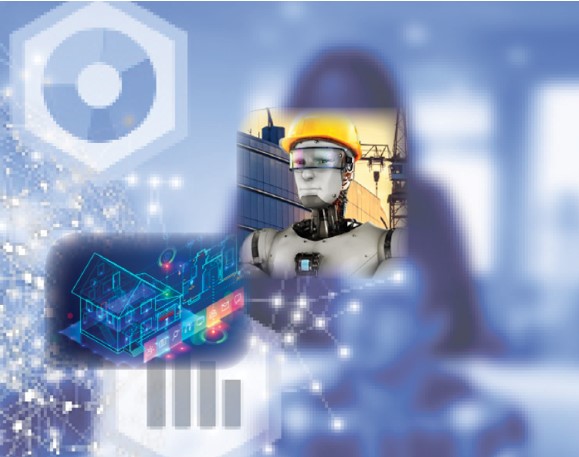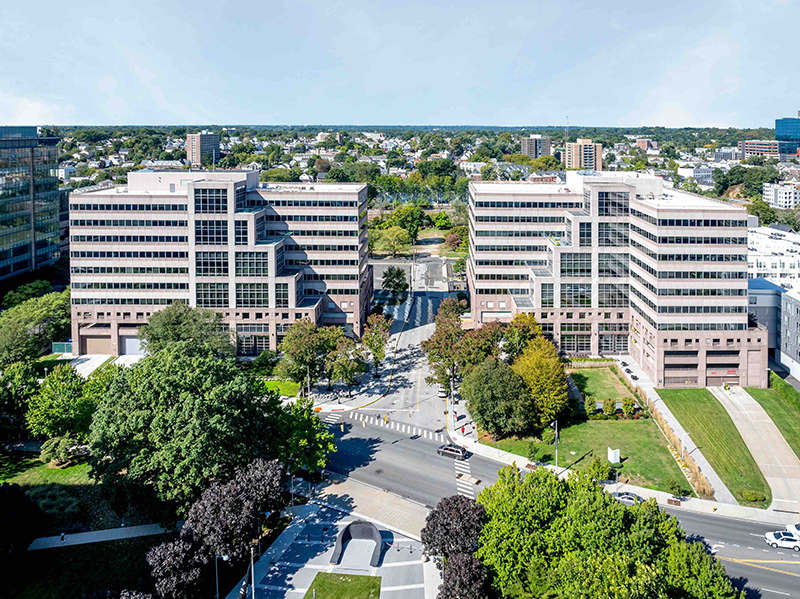Artificial Intelligence: A force multiplier for the design & construction industry - by Nancy Greenwald

Artificial Intelligence (AI) is an area of computer science that simulates human intelligence in machines. Whether it’s used in Amazon’s Alexa, autocorrect, or a self-driving car, the goal is to mimic human intelligence at lightning speed (and with a reduced rate of error). What AI excels at is analyzing data, crunching variables, and identifying possibilities.
In July the Construction Institute brought together four experts in AI and in the design and construction industry to ask them about the future of AI in our industries. Our four experts included Phil Bernstein, associate dean and professor adjunct, Yale School of Architecture, James Chong, director, digital innovation consulting, AECOM, Dan Greenwald, produce manager, Facebook AI Applied Research, and Erik Sanford, director of VDC/BIM, Dimeo Construction Co. Here are some key takeaways from the conversation.

The highest and best current use of AI in the industry is crunching large amounts of data to provide human decision makers with actionable analysis. Because AI can analyze data much more quickly than humans, it can provide analysis more efficiently and open opportunities to analyze data that might otherwise be unaffordable in terms of the person hours it would otherwise take to create it. The best way to explain this is by example. Cameras placed around a jobsite can take thousands of photos that can be processed through AI that alert job site managers to safety issues. Robots, like Boston Dynamics’ Spot, can tour a job site to provide regular updates on construction status that can be used to support requests for percentage completion payments. Drones and robots can together create an accurate measurement of the as-built conditions of an existing building or information about site conditions. In these examples, AI is being used to gain more and better insight into our work. It does not replace decision-making by experienced professionals, it’s more like a super smart assistant.
Projecting schedule changes resulting from job disruptions like prolonged weather interruptions, supply chain issues, or large change orders is another application. AI can be used to provide human project managers with useful advice on how to plan, schedule, reschedule and execute projects to improve performance in real time and to identify and mitigate risks.
AI programs require clean data to be useful. In the real world, the collection of data is erratic, and the data collected is often unorganized, disparate and dirty. As a practical matter, there is a long way to go before AI is fully integrated into the industry.
What will it look like when it is? Innovations will be incorporated from design, to construction, through operation and maintenance. For example, generative design engages AI to allow architects and engineers to explore designs and structural integrity through simulation. In combination with new materials and 3D printing techniques it also allows for the exploration of new types of structures. The winning teams who developed designs and techniques for creating structures on Mars are one example. The Internet of Things (IoT) includes the world of Proptech, which, in combination with AI, can monitor and improve energy efficiency while maximizing the comfort of individuals occupying buildings.
The practical use of AI in the world of design, construction, and property maintenance is still in the early stages. Improved construction planning and processes, risk reduction, improved safety and building performance are among the beneficial goals. AI will not replace human judgement in the industry, instead, it will be a force multiplier in many important areas.
*AEC is an acronym for architecture, engineering, and construction.
Nancy Greenwald is executive director of The Construction Institute, Hartford, Conn.
CBRE brokers sale of Stamford Towers - 326,468 s/f Class A office











.png)